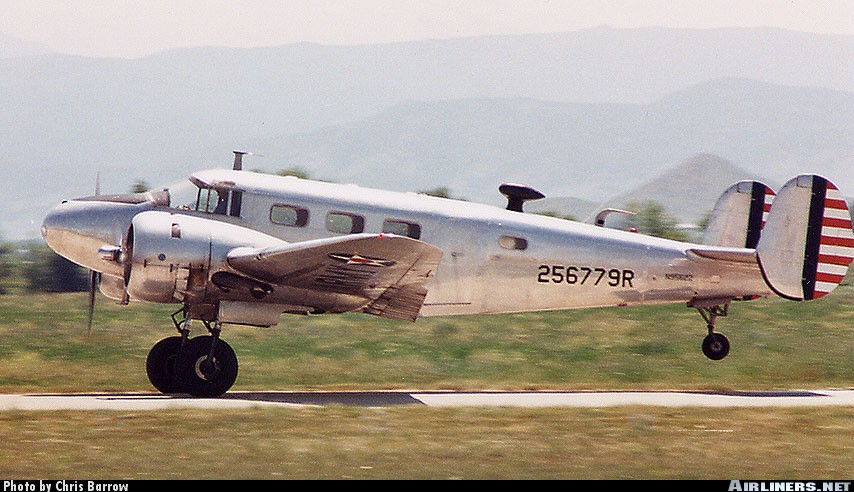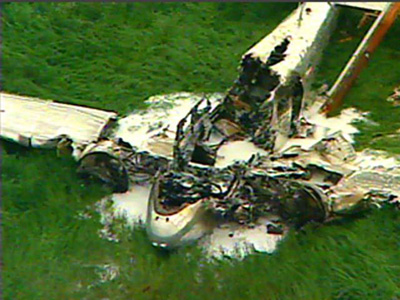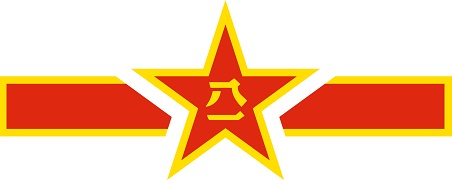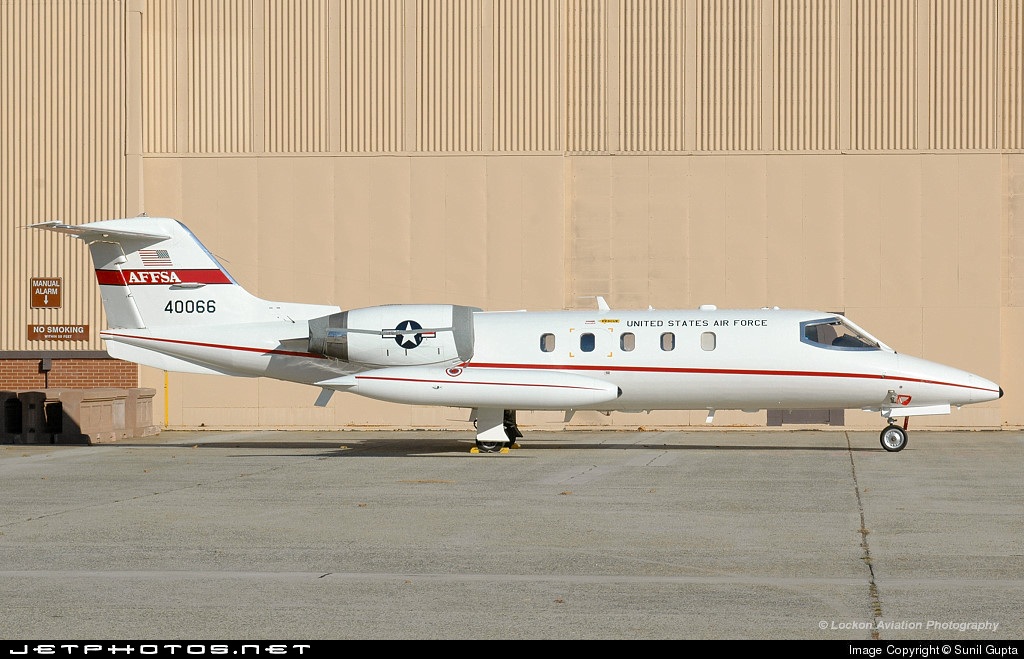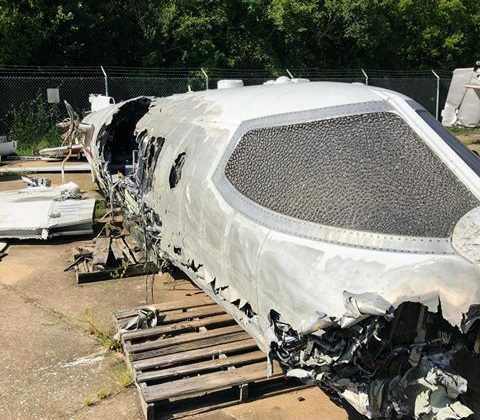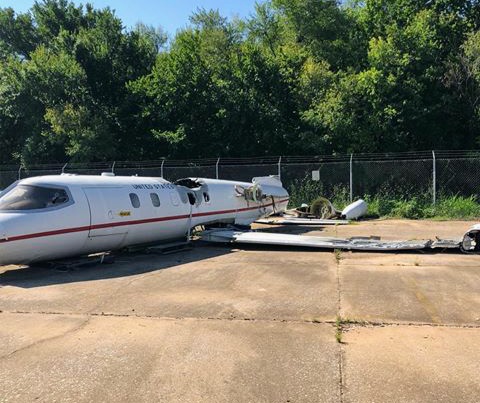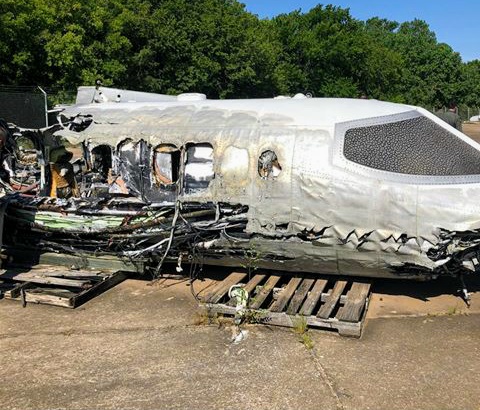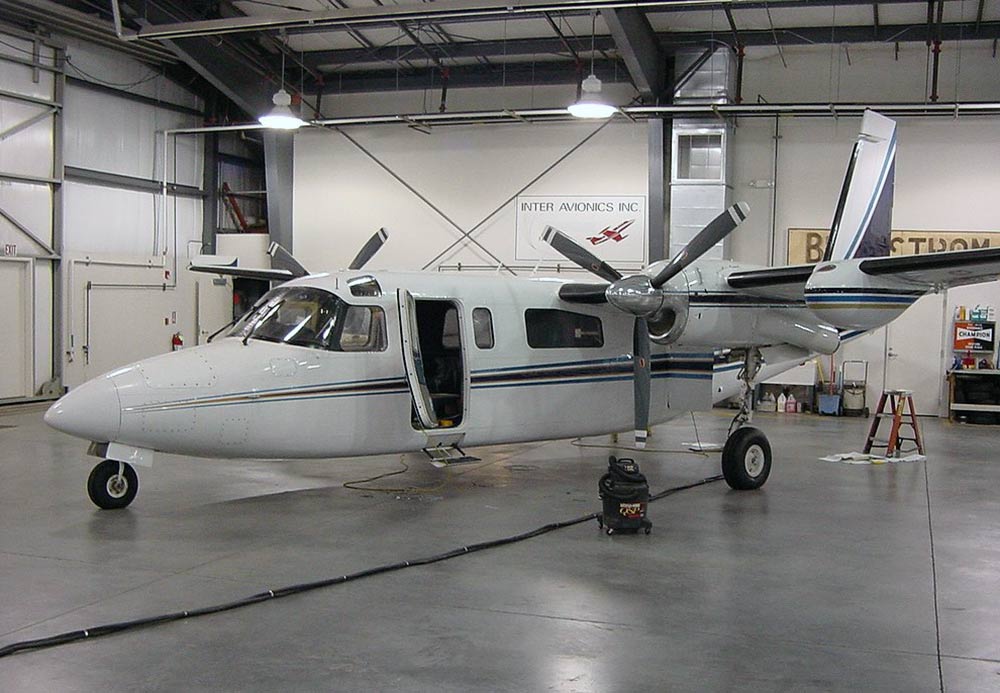Crash of a Pilatus PC-6/B2-H4 Turbo Porter in Iquitos
Date & Time:
Apr 7, 2008 at 1245 LT
Registration:
FAP-320/OB-1165
Survivors:
Yes
Schedule:
Iquitos - Iquitos
MSN:
720
YOM:
1974
Crew on board:
5
Crew fatalities:
Pax on board:
0
Pax fatalities:
Other fatalities:
Total fatalities:
0
Circumstances:
The single engine aircraft was completing a local training flight at Iquitos-Moronacocha Airport, carrying five pilots. On short final, the single engine airplane lost height, struck the ground and crashed near the runway threshold. All five occupants were injured and the aircraft was damaged beyond repair.









